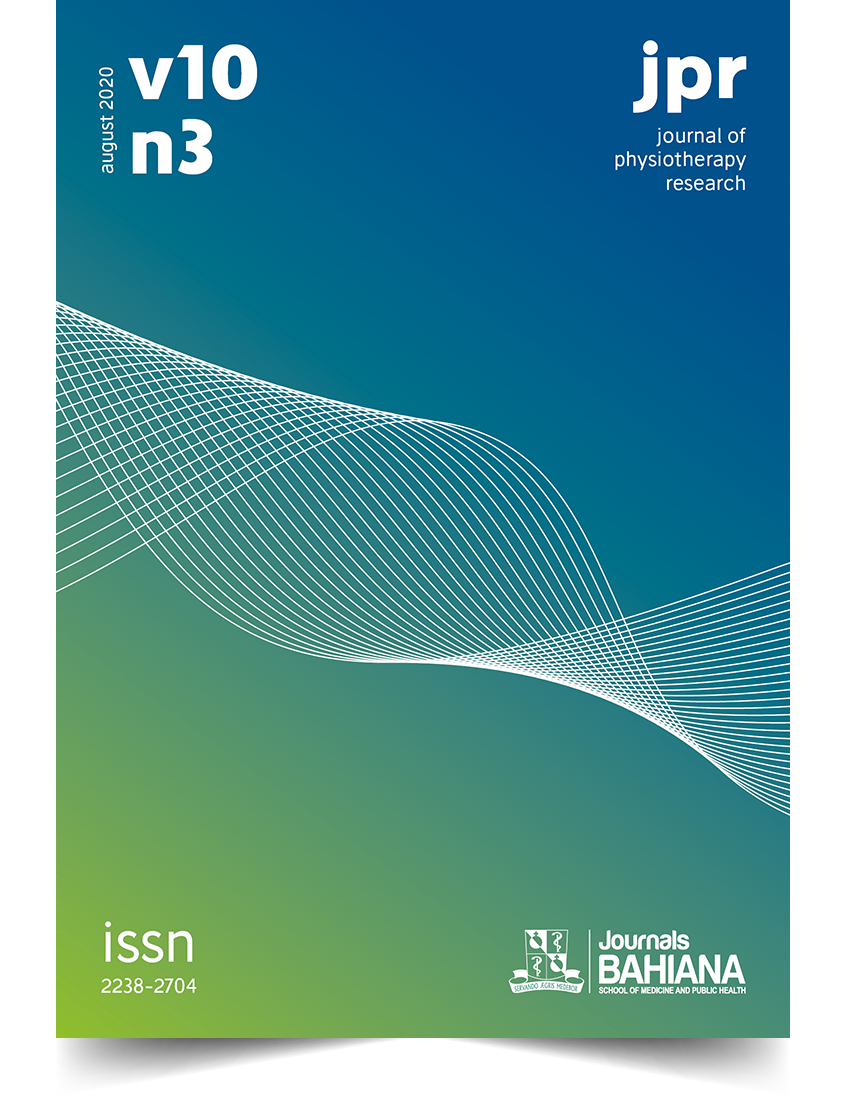Prevalence of unplanned extubation and associated factors in a neonatal intensive care unit
DOI:
https://doi.org/10.17267/2238-2704rpf.v10i3.3047Keywords:
Unplanned extubation. Prematurity. Patient Safety.Abstract
INTRODUCTION: Endotracheal intubation is a common procedure in Neonatal Intensive Care Unit (NICU) and Unplanned Extubation (UE) is a severe related event, which increases neonatal morbidity. OBJECTIVE: To verify the prevalence of UE and associated factors in newborns submitted to mechanical ventilation (MV). MATERIALS AND METHODS: This is a cross-sectional retrospective study, including 38 newborns and 72 UE. The collected parameters were: gender, weight at the time of extubation, diagnosis, time of UE, associated conditions and conduct. The statistical analysis included the Fisher's exact test and odds ratio (Statistica®). RESULTS: A total of 72 UE were recorded in 38 newborns, with a rate of 1.561 intubated patients/day and UE prevalence of 4.6%. Weight less than 1,500g was observed in 20 newborns (52.6%) and prematurity in 25 (65.8%) and when it was less than 2500g it was associated with a 6-fold increased risk of recurrent UE. In 15 newborns (39.5%) there was more than one event per patient. The conditions associated with increased UE risk were motor agitation of the newborn (50%), endotracheal tube (ETT) manipulation (28.3%) and routine procedures (21.7%). Reintubation was necessary in 58 cases (80.5%), being immediate in 20 (34.5%). CONCLUSION: The prevalence of UE was high and strongly associated with motor agitation and manipulation of ETT. Its recurrence was more frequent in newborns weighing less than 2,500 g. Therefore, prevention measures should include adequate management of the motor agitation in newborns and implementation of protocols for handling the ETT.Downloads
Download data is not yet available.
Downloads
Published
08/27/2020
Issue
Section
Original Articles
How to Cite
1.
Mattos MC, Silva GA, Andreazza MG, Rodrigues FS, Oliveira IC de, Cat MNL. Prevalence of unplanned extubation and associated factors in a neonatal intensive care unit. Rev Pesq Fisio [Internet]. 2020 Aug. 27 [cited 2025 Dec. 13];10(3):442-50. Available from: https://www5.bahiana.edu.br/index.php/fisioterapia/article/view/3047



